Bach Ma Temple is one of the oldest and most revered spiritual sites in Hanoi, Vietnam. This ancient temple blends historical significance, sacred legends, and unique architecture, offering visitors a deep insight into Vietnamese heritage. Located in the heart of Hanoi’s Old Quarter, Bach Ma Temple stands as a testament to the city’s rich cultural and religious traditions. From the legendary white horse to the temple’s timeless architecture, every element contributes to the temple’s lasting appeal as a must-visit destination.
Watch the video summarizing the article “Bach Ma Temple in Hanoi: History, Architecture, Legend & Visitor Guide”
Overview of Bach Ma Temple in Hanoi
Bach Ma Temple is a testament to Vietnam’s long-standing traditions and beliefs, serving as a focal point for the practice of Buddhism in Hanoi. Its establishment can be traced back to the 11th century during the Ly Dynasty, a period known for its cultural advancements and architectural innovations.
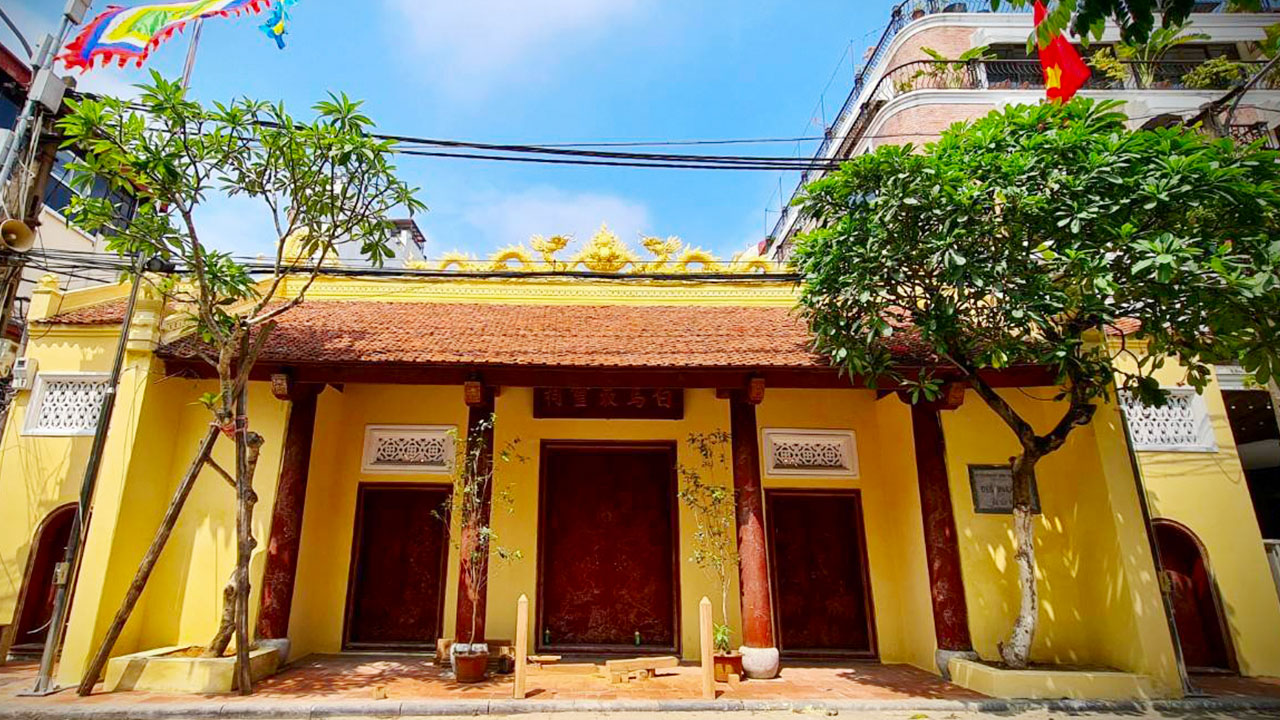
The temple is dedicated to the guardian deity Bach Ma, who is believed to have appeared in the form of a white horse to aid the Vietnamese people in times of war. This connection to the divine and the significant events that transpired during the construction of the temple have etched its existence into the annals of Vietnamese history.
Historical Significance of Bach Ma Temple Through the Centuries
Throughout its history, Bach Ma Temple has played a pivotal role in maintaining Vietnamese cultural identity. As a place of worship, it serves as a gathering point for devotees seeking spiritual solace and guidance. The temple’s rituals and ceremonies are intricately woven with local customs, showcasing the vibrant heritage of Vietnam.
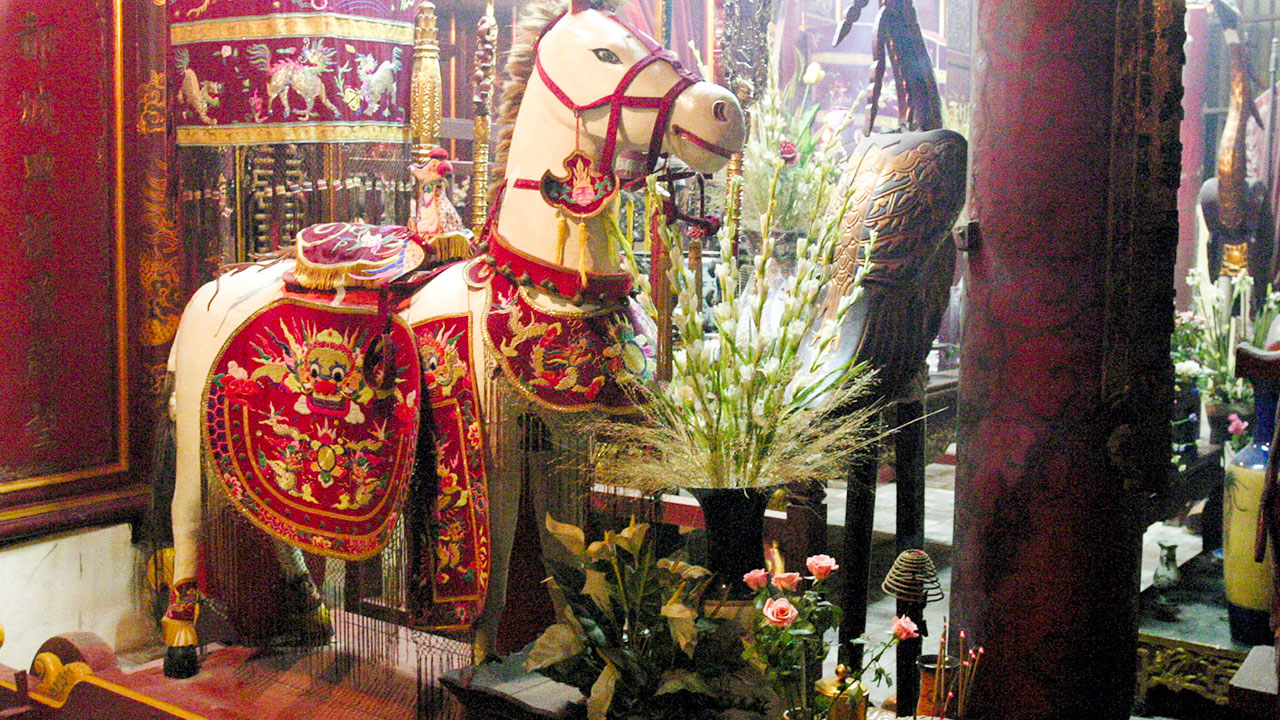
Moreover, the temple acts as a conduit for the transmission of Buddhist beliefs, imparting a sense of community among its followers. Visitors often witness the harmonious blend of traditional practices and contemporary expressions of faith, reflecting the enduring influence of Buddhism in Vietnamese society.
Preservation of Historical Artifacts
Preserving the historical artifacts within Bach Ma Temple is crucial for understanding Vietnam’s past. The intricate carvings, ancient statues, and inscriptions found throughout the temple offer valuable insights into the artistic styles and religious practices of the time. Each artifact tells a story, providing context about the socio-political climate during its creation.
In addition, efforts to maintain the temple and its surroundings highlight the significance of conserving cultural heritage. Local authorities recognize the importance of preserving such sites, ensuring that future generations can appreciate the beauty and history encapsulated within Bach Ma Temple.
A Symbol of Resilience
The historical significance of Bach Ma Temple goes beyond its physical presence; it symbolizes resilience in the face of adversities. Over centuries, the temple has witnessed numerous political upheavals and natural disasters. Yet, it continues to stand as a beacon of hope and faith for visitors and locals alike.
This resilience resonates deeply with the Vietnamese spirit, reminding them of their ability to overcome challenges. The temple’s steadfast presence serves as a source of inspiration and comfort, reinforcing the belief that faith can guide one through the darkest of times.
Unique Architecture and Construction of Bach Ma Temple
The architectural design of Bach Ma Temple is a remarkable reflection of Vietnamese architectural ingenuity melded with Buddhist influences. Constructed primarily from wood and stone, the temple showcases intricate craftsmanship that speaks volumes about the skills of the artisans of the era.
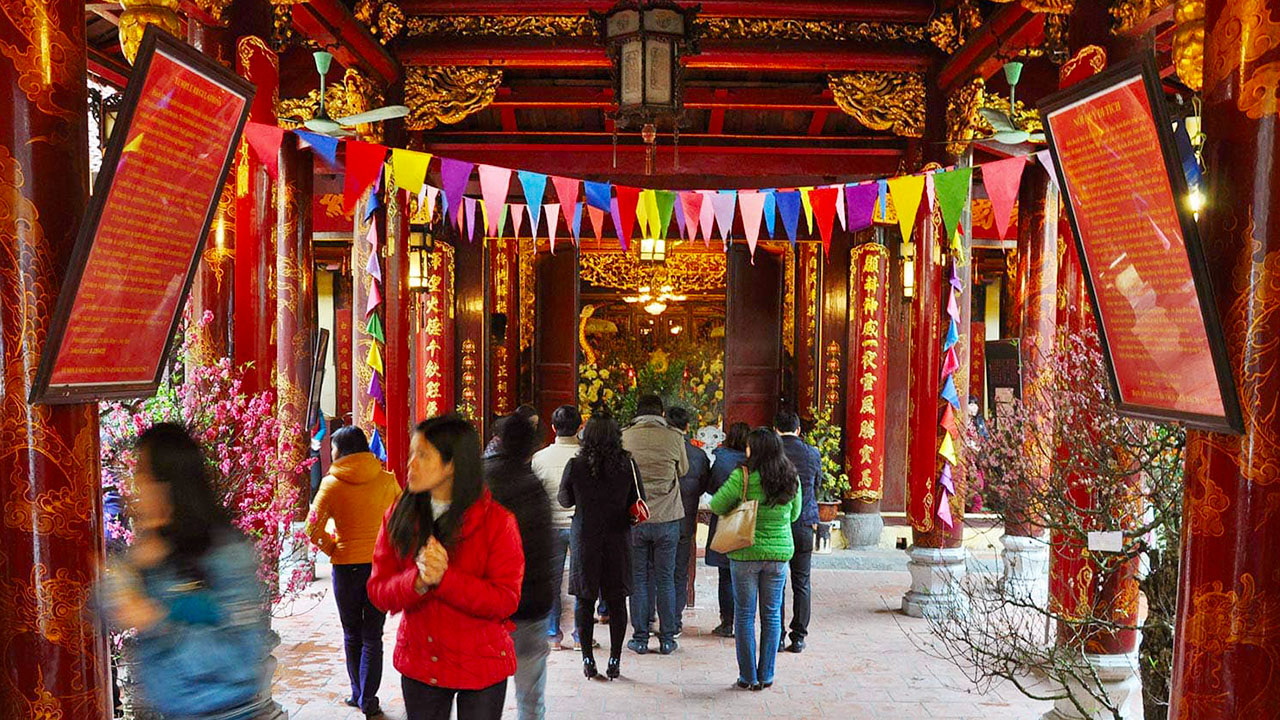
The layout of the temple is designed to create a serene atmosphere conducive to meditation and prayer. The placement of altars, statues, and gardens fosters a sense of tranquility, inviting visitors to immerse themselves in a spiritual journey.
Design Elements Reflecting Buddhist Philosophy
The architectural features of Bach Ma Temple are imbued with symbolism derived from Buddhist philosophy. For instance, the use of curved roofs represents the harmony between heaven and earth. Each layer of the roof signifies a different level of enlightenment, guiding practitioners toward spiritual awakening.
Additionally, the colors and materials used in the temple’s construction hold significant meaning. The predominant use of red and gold symbolizes prosperity and good fortune, while the wooden beams reflect nature’s strength and endurance.
The Main Hall and Altars
The main hall of Bach Ma Temple is the focal point of worship and devotion. Inside, devotees can find various altars dedicated to different deities, including the revered Bach Ma. The altar dedicated to the white horse deity features a striking statue that captivates the attention of all who enter.
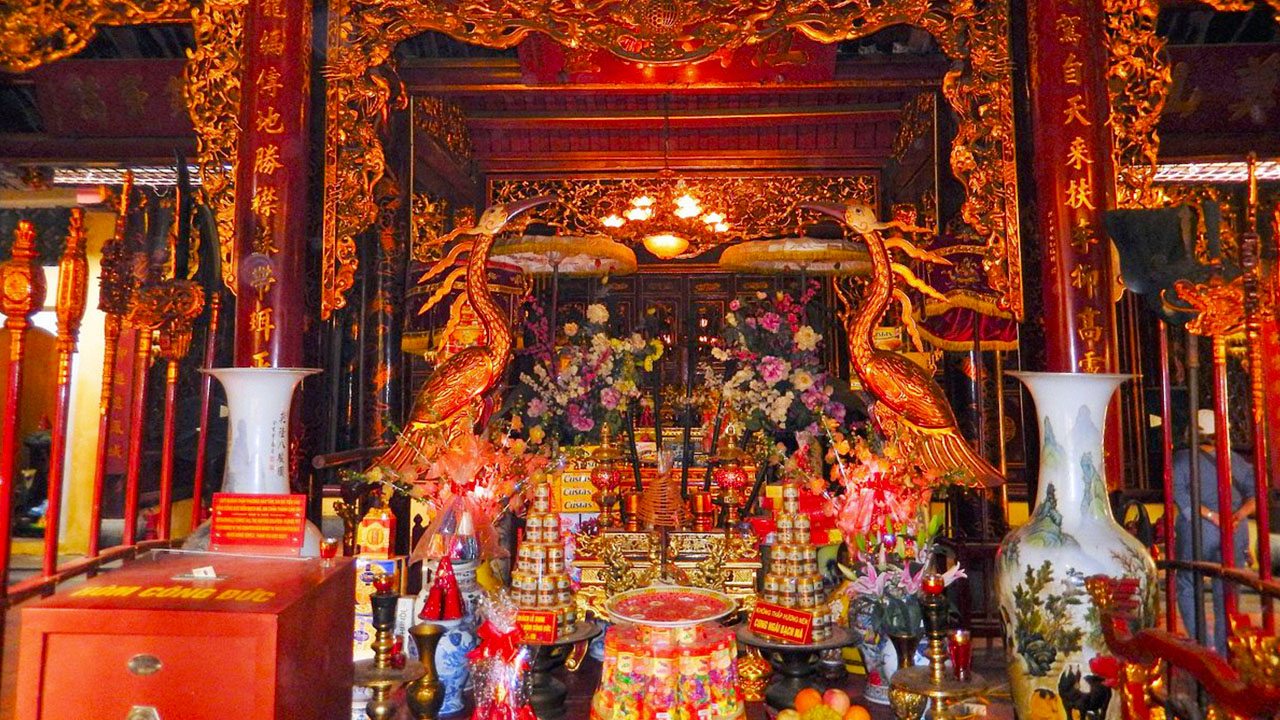
Each altar is adorned with offerings, flowers, and incense, creating an atmosphere filled with reverence and piety. The meticulous arrangement of items reflects the deep respect shown by worshippers towards their deities and their quest for blessings.
The Integration of Natural Elements
One of the standout features of Bach Ma Temple is its integration with the natural environment. Nestled amidst lush greenery and set against the backdrop of hills, the temple embodies a harmonious relationship with nature. The gardens surrounding the temple create a peaceful haven, allowing visitors to connect with both the divine and the natural world.
The temple’s architecture takes full advantage of its geographical setting, with windows and openings positioned to maximize natural light and ventilation. This design choice enhances the spiritual ambiance, making the temple a sanctuary for contemplation and introspection.
The Legend of the White Horse at Bach Ma Temple
The legend surrounding Bach Ma Temple is as captivating as its architecture. Central to the temple’s narrative is the tale of the white horse, which has become emblematic of divine intervention and protection throughout Vietnam.
The story recounts how the deity Bach Ma took the form of a magnificent white horse to assist Vietnamese forces during a critical battle against invaders. His timely arrival provided the soldiers with renewed strength and determination, ultimately leading to victory. This legendary act of heroism solidified the white horse’s status as a protector and guardian for the Vietnamese people.
The Cultural Significance of the Legend
The legend of the white horse holds immense cultural significance within Vietnamese folklore. It reflects the people’s belief in the protective powers of deities, reinforcing their faith in the spiritual realm. The story has been passed down through generations, becoming an intrinsic part of Vietnamese identity.
Moreover, the legend serves as a reminder of the importance of courage and resilience in the face of adversity. The heroic actions of the white horse inspire individuals to confront their own challenges with determination, instilling a sense of collective pride among the Vietnamese populace.
Festivals Celebrating the Legend
To honor the legacy of the white horse, several festivals take place at Bach Ma Temple throughout the year. These celebrations attract thousands of attendees, featuring traditional music, dance performances, and ritual offerings. Such festivities serve as a means to pay homage to the deity and express gratitude for his blessings.
During these festivals, devotees engage in communal prayers and rituals, fostering a sense of unity and togetherness. The atmosphere is charged with energy and reverence, as participants seek to deepen their connection with the divine.
Personal Reflections on the Legend
As one delves into the legend of the white horse, it becomes evident that it transcends mere storytelling. It resonates on a personal level, prompting reflections on the values of bravery, loyalty, and perseverance. The tale encourages individuals to embrace their inner strength and remain steadfast in the pursuit of their goals.
Visiting Bach Ma Temple provides an opportunity to connect with this rich narrative, inviting individuals to contemplate their own journeys and struggles. The surrounding ambiance, coupled with the story of the white horse, ignites a sense of hope and inspiration that lingers long after leaving the temple grounds.
Spiritual Importance of Bach Ma Temple in Vietnamese Religion
Bach Ma Temple serves as a vital spiritual hub within Hanoi, offering a serene sanctuary for those seeking solace and guidance. The temple stands as a living testament to the enduring power of faith and the role it plays in shaping individual and collective identities.
The spiritual practices conducted at Bach Ma Temple foster an environment conducive to self-reflection and spiritual growth. Visitors partake in various rituals, including prayer, meditation, and offerings, all intended to deepen their connection with the divine.
Daily Rituals and Offerings
The daily rituals at Bach Ma Temple embody the essence of Vietnamese spirituality. Devotees arrive in the early morning hours to present offerings of fruit, flowers, and incense, creating a fragrant atmosphere filled with devotion. The act of offering signifies gratitude and respect towards the deities, emphasizing the reciprocal relationship between the divine and humanity.
These rituals not only serve as acts of faith but also as opportunities for communal bonding. Individuals come together to share their hopes and aspirations, forging connections that transcend cultural and societal boundaries.
Meditation and Reflection
For many, Bach Ma Temple serves as a retreat for meditation and reflection. The tranquil ambiance encourages visitors to pause, breathe, and connect with their inner selves. Whether sitting quietly in the gardens or finding solace within the temple walls, individuals can experience a profound sense of peace.
Meditation practices rooted in Buddhism invite practitioners to explore their consciousness, fostering a deeper understanding of their thoughts and emotions. This introspective journey allows individuals to gain clarity and perspective, empowering them to navigate life’s complexities.
Spiritual Guidance and Counseling
In addition to being a space for personal reflection, Bach Ma Temple offers spiritual counseling to those seeking guidance. Monks and practitioners provide support and wisdom, assisting individuals in navigating their challenges and uncertainties. This aspect of the temple underscores the communal nature of spirituality, where shared experiences lead to collective healing.
Visitors often leave Bach Ma Temple with a renewed sense of purpose and direction, equipped with the tools needed to face their challenges. The temple serves as a beacon of hope, reminding individuals that they are never alone in their struggles.
Traditional Festivals Celebrated at Bach Ma Temple
Bach Ma Temple hosts several key festivals throughout the year, each celebrating the rich cultural and spiritual heritage of Vietnam. These festivals draw crowds of both locals and tourists eager to partake in the vibrant festivities and honor the deity.
The festivals not only commemorate historical events but also provide opportunities for communal celebration and spiritual renewal. The lively atmosphere, filled with music, dance, and traditional rituals, creates unforgettable experiences for all who attend.
The Annual Bach Ma Festival
Among the most significant celebrations is the annual Bach Ma Festival, which occurs on the 12th day of the first lunar month. This festival honors the deity Bach Ma and is marked by a series of colorful and engaging activities.
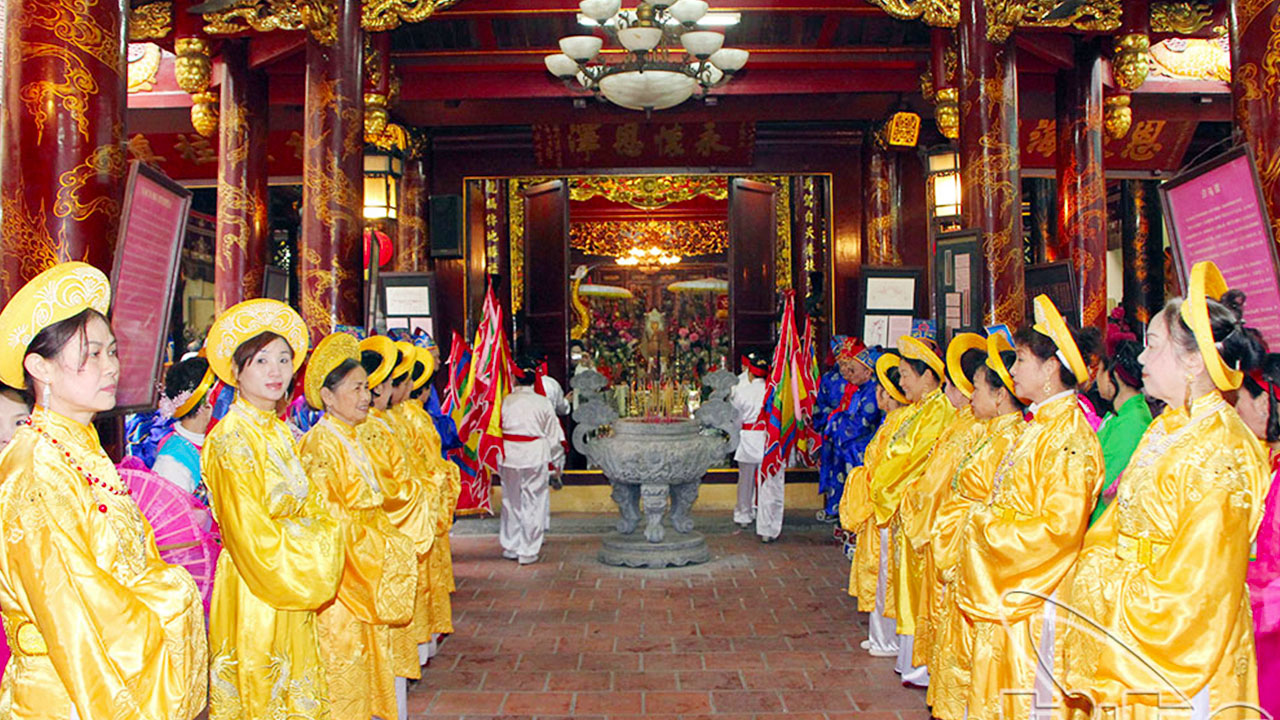
Traditional music performances, folk games, and processions fill the streets surrounding the temple, creating a jubilant atmosphere. The festival serves as a reminder of the cultural richness of the Vietnamese people, showcasing their traditions and artistic talents.
Rituals and Ceremonies During Festivals
During the festivals, elaborate rituals and ceremonies are performed to invoke the blessings of Bach Ma. Devotees gather to participate in group prayers, offerings, and ceremonial chants, creating a powerful sense of unity and devotion.
The rituals are often accompanied by the sound of gongs and drums, enhancing the spiritual ambiance of the event. Participants engage in the heartfelt expression of their hopes and desires, deepening their connection to the divine.
Personal Experiences at the Festivals
Attending the festivals at Bach Ma Temple offers a unique insight into the heart of Vietnamese culture. The sense of community, joy, and spirituality is palpable, as locals and tourists alike come together to celebrate the traditions that bind them.
The vibrant colors, melodious sounds, and delicious aromas create an immersive experience that leaves lasting memories. Witnessing the devotion of the participants and the reverence with which they honor Bach Ma fosters a deeper appreciation for the cultural heritage of Vietnam.
How to Visit Bach Ma Temple: Location, Opening Hours & Tips
For those interested in exploring Bach Ma Temple, a visit promises an enriching experience steeped in culture and spirituality. Knowing what to expect and how to prepare can enhance your journey to this historical site.
The temple is easily accessible from various parts of Hanoi, making it a convenient stop for travelers. Understanding the best times to visit, entry requirements, and recommended etiquette will help ensure a meaningful experience.
Opening Hours and Entry Fees
Bach Ma Temple is typically open to visitors throughout the week, allowing both locals and tourists to engage with its spiritual offerings. There may be specific times designated for rituals, so planning your visit around these moments can enhance your experience.
While entry to the temple is generally free, it’s customary to make small donations to support the ongoing upkeep of the temple. These contributions help preserve the site’s historical significance and ensure its continued existence for future generations.
Appropriate Dress and Etiquette
As a sacred space, visitors to Bach Ma Temple are encouraged to dress modestly and respectfully. Wearing attire that covers the shoulders and knees demonstrates reverence toward the spiritual nature of the site. Additionally, it’s advisable to remove shoes before entering certain areas of the temple, adhering to local customs.
Maintaining a respectful demeanor while inside the temple is key to honoring the spiritual atmosphere. Speaking softly, refraining from disruptive behaviors, and allowing others to engage in their practices fosters a sense of harmony and respect.
Exploring Surrounding Areas
Located in the heart of Hanoi, Bach Ma Temple is conveniently situated near other notable attractions. After visiting the temple, you can easily explore nearby sites that contribute to the city’s rich cultural tapestry.
Consider wandering through the Old Quarter, where bustling markets and quaint cafes await discovery. Alternatively, you may choose to visit Hoan Kiem Lake, a tranquil oasis that offers a perfect contrast to the energy of the city.
Top Attractions Near Bach Ma Temple in Hanoi Old Quarter
Hanoi is teeming with historical sites and attractions that complement the experience at Bach Ma Temple. Exploring the surrounding areas allows visitors to delve deeper into the city’s vibrant culture and heritage.
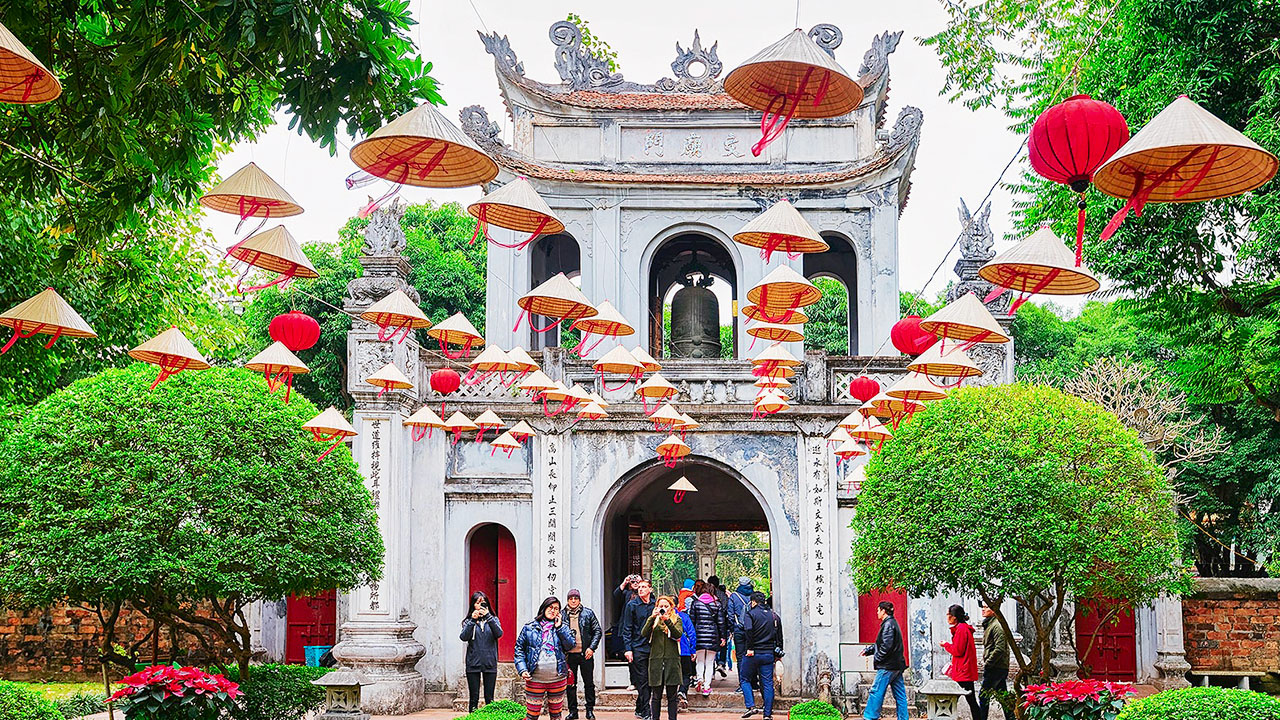
Whether you’re interested in art, history, or culinary delights, Hanoi offers something for everyone, making it an ideal destination for exploration.
The Old Quarter: A Cultural Experience
Just a short distance from Bach Ma Temple lies the Old Quarter, a labyrinth of narrow streets filled with shops, eateries, and historic architecture. Here, you can immerse yourself in the local culture, sampling street food delicacies and shopping for artisanal crafts.
The Old Quarter is particularly famous for its vibrant atmosphere, where visitors can witness traditional practices and modern lifestyles coexisting harmoniously. Taking a leisurely stroll through its bustling streets provides a glimpse into the daily lives of Hanoi’s residents.
Hoan Kiem Lake: A Serene Escape
Another nearby attraction worth visiting is Hoan Kiem Lake, a picturesque body of water surrounded by lush greenery. The lake holds significant cultural and spiritual value, making it a popular spot for both locals and tourists seeking tranquility amid the urban hustle.
Walking along the lakeside promenade, you can enjoy the serene landscape, take in views of the iconic Turtle Tower, and observe the daily tai chi sessions practiced by locals. The peaceful atmosphere of Hoan Kiem Lake complements the spiritual experience at Bach Ma Temple, providing a balanced exploration of Hanoi’s offerings.
The Temple of Literature: A Journey Through Education
For those interested in Vietnam’s scholarly heritage, a visit to the Temple of Literature is highly recommended. Dedicated to Confucius and Vietnam’s scholars, this historical site showcases stunning architectural designs and lush gardens.
Walking through the Temple of Literature gives insight into Vietnam’s educational traditions and cultural values. The serene ambiance encourages reflection and appreciation for the nation’s commitment to learning and knowledge.
Cultural Legacy of Bach Ma Temple in Vietnamese Heritage
Bach Ma Temple stands as a symbol of the rich cultural heritage that defines Vietnam. Its impact extends beyond its physical presence, influencing literature, art, and societal values throughout the ages.
The temple serves as a meeting point for diverse cultural expressions, unifying communities through shared beliefs and traditions. In this way, it nurtures a sense of belonging among its devotees and visitors alike.
Influence on Arts and Literature
The captivating stories and legends associated with Bach Ma Temple have inspired countless works of art and literature in Vietnam. Poets, writers, and artists have drawn upon the temple’s rich history and spiritual significance to create evocative pieces that reflect the country’s cultural essence.
Many contemporary interpretations continue to explore themes of spirituality, resilience, and cultural identity, showcasing the temple’s lasting influence on Vietnam’s artistic landscape.
Fostering Community and Identity
Bach Ma Temple plays a crucial role in fostering community ties among its visitors and devotees. The temple serves as a gathering place for celebrations, rituals, and social events, encouraging individuals to connect with one another and build relationships based on shared values.
By nurturing a sense of belonging, the temple reinforces cultural identity among the Vietnamese people. Generations have gathered to participate in rituals and observe traditions, creating a sense of continuity that strengthens communal bonds.
A Living Heritage Site
As a living heritage site, Bach Ma Temple exemplifies the preservation of cultural practices and beliefs. The ongoing rituals, festivals, and community engagement reflect the dynamic nature of Vietnamese spirituality, ensuring that traditions are passed down through generations.
Efforts to conserve the temple and promote its historical significance contribute to a broader appreciation for Vietnam’s cultural heritage. By educating visitors about the temple’s history and relevance, Bach Ma Temple becomes a vital link between the past and the present.
Conclusion
Bach Ma Temple stands as a remarkable testament to Vietnam’s rich cultural history and spiritual heritage. With its captivating architecture, intriguing legends, and profound religious significance, the temple attracts visitors seeking both reflection and exploration.
Through its historical significance, architectural features, and vibrant festivals, Bach Ma Temple embodies the essence of Vietnamese culture. It serves not only as a religious sanctuary but also as a focal point for community engagement and cultural expression.
As we continue to explore the depths of such historical sites, we gain a greater appreciation for the interconnectedness of spirituality, culture, and identity. Visiting Bach Ma Temple offers an opportunity to connect with the past, fostering a deeper understanding of the values that shape contemporary Vietnamese society.


